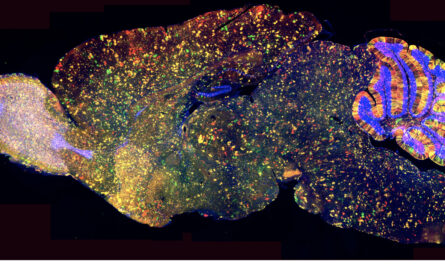Insomnia is a prevalent sleep disorder that affects up to a third of adults at some point in their lives, with 4% to 22% experiencing chronic insomnia. The impact of chronic insomnia can be significant, impairing daily functioning and causing distress. Cognitive Behavioral Therapy for Insomnia (CBT-I) is a medication-free treatment option that has shown promise in helping patients improve their sleep quality. However, determining the most effective components of CBT-I and the optimal delivery method has been challenging.
A recent study conducted by researchers at the University of Tokyo Hospital aimed to identify the most beneficial elements of CBT-I through the analysis of 241 studies involving over 30,000 adults with chronic insomnia. The participants had an average age of 45.4 years and were primarily from North America and Europe. The findings of the study, published in JAMA Psychiatry, shed light on the key components of CBT-I that maximize treatment efficacy.
The research team utilized a statistical method called component network meta-analysis to rank the effects of various interventions. The results indicated that a combination of cognitive and behavioral strategies, delivered in person by a therapist, yielded the most significant benefits for patients. Key components identified in the study included cognitive restructuring, third-wave components, sleep restriction, stimulus control, and in-person delivery.
Cognitive restructuring involves helping patients identify, challenge, and change unhelpful beliefs about sleep. Third-wave components encompass techniques such as mindfulness, acceptance, and commitment therapy. Sleep restriction involves limiting the time spent in bed, while stimulus control aims to re-associate the bed with sleep. These components, when delivered in person by a therapist, proved to be highly effective in improving sleep quality.
Surprisingly, the study also found that cognitive components, such as cognitive restructuring and third-wave components, were effective alongside behavioral strategies. Self-help with human encouragement was found to be beneficial, making it a suitable option while waiting for active treatment. However, the study also highlighted the potential harm in enforcing relaxation procedures and the negative impact of knowingly having to wait for treatment.
The findings of this study provide valuable insights for practitioners seeking to optimize CBT-I for patients with chronic insomnia. By focusing on the essential components and delivering therapy in person, treatment efficacy can be maximized while minimizing the burden on both patients and therapists. Additionally, the study emphasized the scalability of CBT-I, making it more accessible to a larger number of patients.
While the results of this research contribute to a better understanding of CBT-I, the researchers stress the need for further large-scale trials to confirm these findings. Streamlined CBT-I has the potential to offer a relatively simple, noninvasive, and potent psychotherapy option for individuals struggling with chronic insomnia. By incorporating the identified key components into their practice, practitioners can help more people experience the benefits of CBT-I and achieve a better night’s sleep.
Note:
1. Source: Coherent Market Insights, Public sources, Desk research
2. We have leveraged AI tools to mine information and compile it



